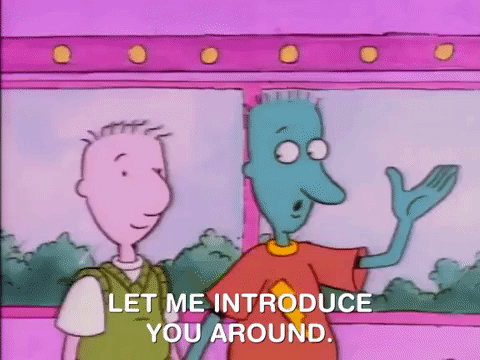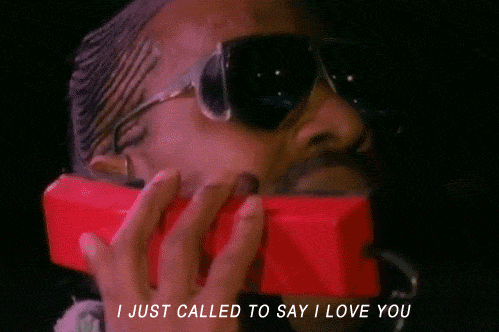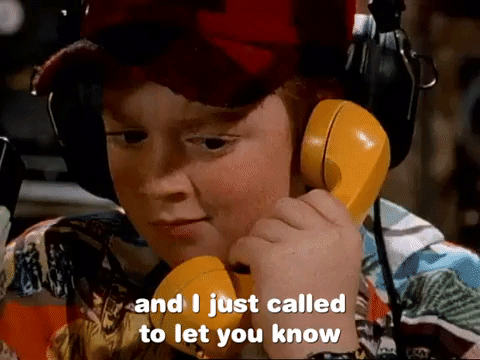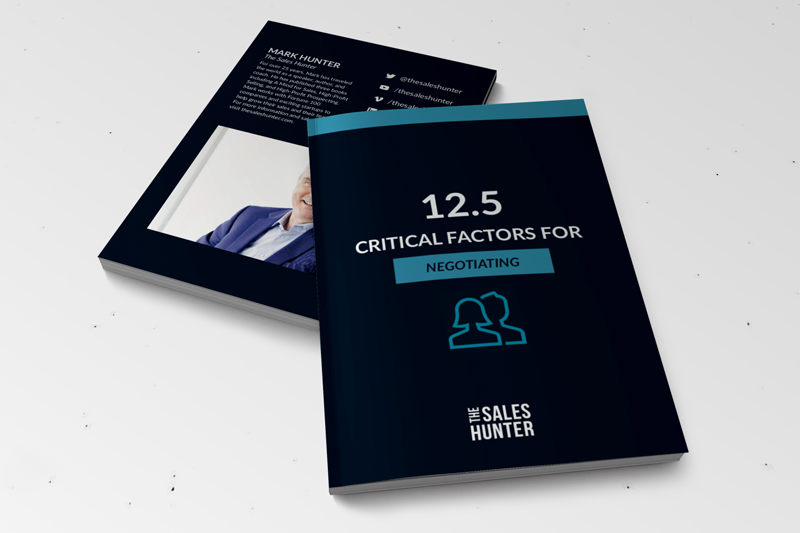Without a doubt, the easiest, most efficient and cost-effective way to build your business is with referrals.
You simply cannot say, “But what if we haven’t been in business long enough to get referrals!” Excuse me, you’ve been on planet earth, haven’t you? That means you’ve got friends. You’ve got acquaintances. Referrals don’t just come from people who are actively doing business with you.
There are some great ways to integrate asking for referrals into your sales process. I’ve got ten to share with you today.
1. Build a referral network.
Collaborate with other people who are like you, who you feel have integrity and credibility. Start off simply connecting with one another every week to exchange some names, and make some introductions to each other. You create a referral network with the objective to help give each other referrals.
2. Give more referrals.
If you expect more referrals, you better be giving more referrals. In fact, never expect to get a referral until you first give a referral. It’s amazing how it not only changes your attitude and your outlook, but also how doors open up.
Read more about giving referrals.
3. Make it a habit.
I suggest you make it a habit to ask after each sale. If you forget, that’s because it’s not a habit. Asking for referrals must be part of your sales process.
I want you to build it into your plan, because without a doubt if you ask more, you’ll get more.
4. Leverage key dates.
Every person you work with has key dates. They may not even be a customer of yours, but they own a business and they just celebrated 10 years of being in business. I want you to call them up. I want you to congratulate them. And as you congratulate them, you might say, “Hey, who are some other companies that you think we might want to do business with?”
I do this all the time. Referrals are a key piece of my business. After all, these same people are ones that I’m also giving referrals. That’s why I’m able to get so many.
As another example, they may be a customer of yours and you call them up on their service anniversary. Or, it may be a key date within their company. It could be any number of things, but no matter what, it’s a great opportunity to reach out.
5. Identify people.
Identify people you want to connect with. Create a list of 10 people or 10 companies–now who knows those people? That’s where you should start. After you identify who knows those people, you’ll see who is on that secondary list that you know. As a result, you’re going to very deliberately call that person up and say, “Hey, would you mind making an introduction for me to ‘so and so’?”
I do this strategy all the time. There are companies that I want to get into, and I begin to ask myself, “Who is working with these companies? Now, who knows key people there?”
I always do it under an exchange premise. In other words, “Hey, you help me get in here, now where do you need help getting into? Because I’ll help you get in that door.” And thus a mutually beneficial relationship has been established.
LinkedIn is a great place for having these conversations and making these connections. Want more information? Check out this NEW bonus Masterclass all about Mastering LinkedIn for Business Development.
6. Make it easy.
Don’t make it complicated. “Hey, would you mind just popping them an email, and copying me on it?” That’s the easiest form for sure. Of course, you’d love to say, “Hey, would you arrange a lunch and the three of us will get together and meet.” Most of the time, that just isn’t going to happen.
A quick introductory email is a much easier ask. There’s a very standard email that I send out when I’m connecting people:
“Hey, Bob I want you to meet Linda, I think the two of you have a lot in common. The two of you could really help each other in this area. I’ll let you two run with it from here.”
It’s amazing how it just comes together. And if it doesn’t, that’s fine, you’ve done your part.
7. Have a process.
I have a standard way that I connect back with people. In other words, I reached out to you. You gave me a referral name. I’m going to call the contact up and say, “Hey, Jose said I needed to reach out to you…. Or Melinda said I should reach out to you.” I always invoke the person’s name.
However, make sure you ask for permission to use their name when you call the referral.
How many times should you reach out? I typically reach out three, maybe four times. I’m not going to put them in a pipeline of contacting them 20 times, because that’s doing a disservice to the person who gave you the referral. Instead, my process includes reaching out to them three or four times.
8. Keep people informed.
I always want to keep the person who gave me the referral informed.
“Hey, you know what? I’ve tried to reach out to Tommy and I’ve tried to connect with him three or four times and he is not responding.” I’d then hope to hear, “Oh, really? Well, you know what? I’ll give Tommy a call. I’ll bug him to make sure he connects with you.” Or maybe they’ll say, “Oh man, I’m sorry to hear. Let me give you the name of somebody else.
If you do connect, let them know. “Hey, I had a great conversation with Tommy. Thank you for connecting me. I have a feeling this might work out to be a very good relationship.”
You keep them informed all along the way, because you want to create referral partners. People who are very comfortable with giving you referrals. What I’ve found is people who give you one referral, if it works, they’ll give you more.
9. Be present and engaging.
Nobody wants to connect their contacts with just anybody. They want to link engaging people who have a personality. Integrity and authenticity are absolutely key. You have to make sure the person who is referring you sees that. And when you’re present and engaging with them, they’ll see those traits in you.
10. Set a goal.
Set a weekly goal for the number of referrals you’re going to give, and the number of referrals you’re going to ask for. Notice I say, “ask for”–not get—because that’s different. Not every time I ask, am I going to get a referral.
Establishing goals is the way that you bake it into your process.
Asking for a referral is not hard, and once you do it a few times the process will become second nature to you.
Enhancing your presence on LinkedIn is a great place to start for making connections, giving and getting recommendations, and nurturing relationships.
I’ve teamed up with EXPERTS, Brynne Tillman, Bill McCormick to share content we’ve been wanting to impart for a long time: Mastering LinkedIn for Business Development. I’m talking about over four hours of self-paced e-learning at its finest.
There’s so much you can utilize for free on LinkedIn that most people don’t realize. We’ll teach you how to set yourself apart and use LinkedIn to grow your business. Click here for more info.
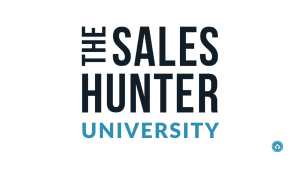 Last month’s masterclass covered Filling the Sales Pipeline, and the month before that we saw Following Up with the Prospect. Did you know if you become a member of The Sales Hunter University via Level 3 you get access to every masterclass, past, present, and future? That alone is worth the membership, but I also offer drop-in office hours, live coaching each month, and access to the University’s Sales Vault of resources. Find out more here.
Last month’s masterclass covered Filling the Sales Pipeline, and the month before that we saw Following Up with the Prospect. Did you know if you become a member of The Sales Hunter University via Level 3 you get access to every masterclass, past, present, and future? That alone is worth the membership, but I also offer drop-in office hours, live coaching each month, and access to the University’s Sales Vault of resources. Find out more here.
Copyright 2021, Mark Hunter “The Sales Hunter” Sales Motivation Blog. Mark Hunter is the author of A Mind for Sales and High-Profit Prospecting: Powerful Strategies to Find the Best Leads and Drive Breakthrough Sales Results.
linkedinyoutubetwitterfacebookinstagrampinterest


